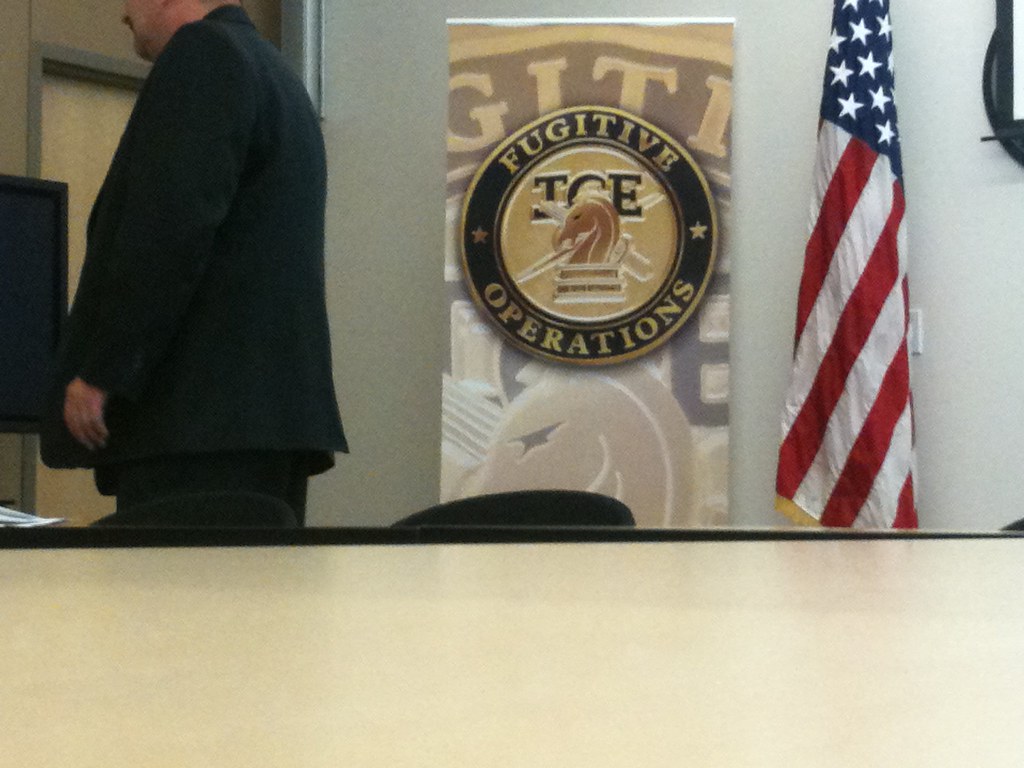Key Takeaways
• Indigenous actress Elaine Miles was stopped by ICE agents in Redmond.
• Agents refused to accept her valid tribal ID, calling it fake.
• Tribal ID is a recognized federal form of identification.
• The incident highlights alleged racial profiling by ICE.
• Legal experts and tribes call for respect of tribal rights.
In Redmond, Washington, Elaine Miles headed to a bus stop for shopping. Suddenly, masked ICE agents in black SUVs detained her. They refused to accept her tribal ID. Instead, they claimed anyone could make that ID.
What Happened with Tribal ID and ICE?
On a calm day, Miles showed her tribal ID from the Confederated Tribes of the Umatilla Indian Reservation. Federal rules recognize tribal ID as valid. Miles had used this ID to cross into Canada and Mexico without any problem. Yet these agents insisted it looked fake. They held her at the scene. Moreover, they questioned her right to show tribal ID as ID.
Details of the Incident
Miles said the agents wore masks and bulletproof vests. They pulled their SUVs without front plates beside her. Next, they asked for her papers. When she handed them the tribal ID, they said, “Any kid could make that.” Then they detained her briefly. Agents let her go only after verifying her identity through other papers.
Her son and her uncle faced the same problem later. They were each held briefly by ICE for using their tribal ID. This pattern shows a bigger problem than one incident.
Why ICE Agents Rejected Tribal ID
Tribal ID is a federal document. It proves membership in a recognized tribe. However, these agents claimed the cards looked homemade. As a result, they doubted their authenticity. In other words, they treated tribal ID holders as suspects. This refusal ignored decades of policy that accept tribal ID nationwide.
The Bigger Issue of Racial Profiling
Many see this incident as racial profiling. Tribal rights attorney Gabriel Galanda said agents stop people because of their skin color. He noted that ICE and Border Patrol have worked under rules that make profiling easier. As a result, Indigenous people say they fear traveling within their own lands.
Policy Changes and Supreme Court Ruling
Recently, the Supreme Court made it easier for immigration agents to profile people by race. Consequently, local and federal agents feel more freedom to question valid IDs. Meanwhile, the Trump administration’s policies have tightened immigration arrests across the country. This climate raises worry among Native communities.
Impact on Native American Communities
Indigenous people often travel across reservation, state, and national borders. They do so for work, health care, and family events. Tribal ID cards trace back to treaties that affirm tribal sovereignty. Thus, when ICE agents reject tribal ID, they undermine treaty rights. This behavior stokes fear and mistrust among Native Americans.
Calls for Change and Tribal Rights
In response, several tribes and advocacy groups demand better ICE training. They also push for stronger laws that protect tribal ID holders. For instance, they ask Congress to clarify federal rules around tribal ID use. Moreover, they call on the Department of Homeland Security to issue clear guidance. Such steps would prevent future stops for showing tribal ID.
Moving Forward
As a result of this incident, tribal leaders plan to meet with ICE officials. They aim to review pet policies and agent conduct. In addition, some tribes consider legal action to protect their members. They argue that refusing tribal ID is a direct violation of federal law and tribal sovereignty.
Conclusion
This troubling incident brings to light the importance of tribal ID. It also shows how federal agents can threaten tribal rights. For many Indigenous communities, tribal ID is more than a card. It is proof of identity and treaty rights. Therefore, respecting tribal ID is vital. It ensures that tribes and federal agencies honor long-standing agreements.
Frequently Asked Questions
Why is tribal ID valid for travel?
Tribal ID is issued by recognized tribes. Federal rules accept it as a valid form of identification. This allows tribal members to cross borders for work, health, and family needs.
How can ICE agents reject a tribal ID?
Some ICE agents lack training on recognizing tribal ID features. They may doubt its authenticity. As a result, they sometimes claim it looks homemade. Proper training could fix this.
What is racial profiling by immigration agents?
Racial profiling happens when agents target people based on race or skin color. This practice ignores actual behavior or valid documents. It affects many communities, including Native Americans.
What steps can tribes take to protect members?
Tribes can lobby for clearer federal rules on tribal ID. They can also seek meetings with ICE leaders. Additionally, they may pursue legal actions to enforce treaty rights.

